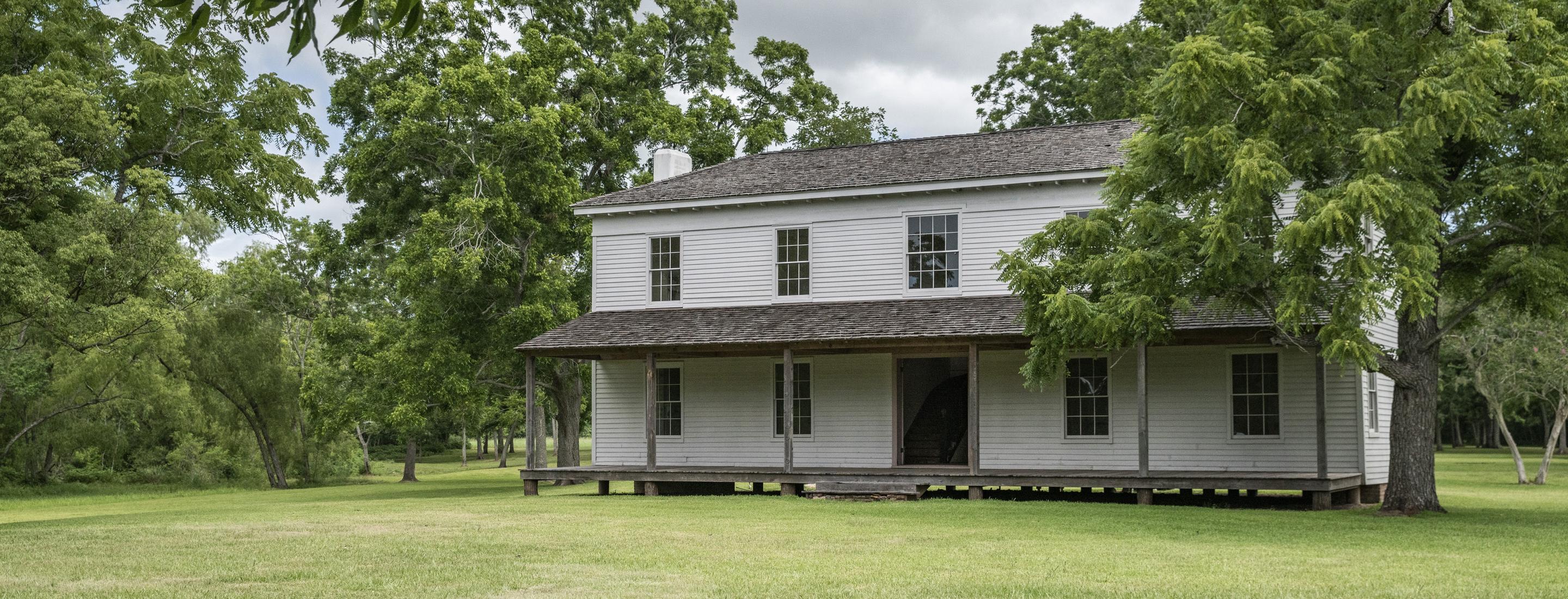Significant to the antebellum period of Texas history and the tumultuous era of Reconstruction, this site hosted a sizable plantation operation and two-story Greek Revival-style house. Levi Jordan moved his family and enslaved workers to Texas to establish a sugar and cotton plantation on the San Bernard River in the late 1840s. The site highlights the multiple perspectives and evolving relationships of those who lived and worked on the land during the 19th century. Today, the Levi Jordan Plantation provides a unique opportunity to understand the evolving agricultural history of the South and the early African American experience in Texas.
Hours
Wednesday to Sunday
9 a.m.–5 p.m.
Tickets
Adult $10
Senior/Veteran/Teacher/First Responder $8
Child (6-17) $5
Child (5 and under) Free
Family (2 adults & 1 child) $22, each additional child $1
Admission provides access to both Levi Jordan and Varner-Hogg Plantations
Programs
Public Tours
Special Events
School Programs
See the site
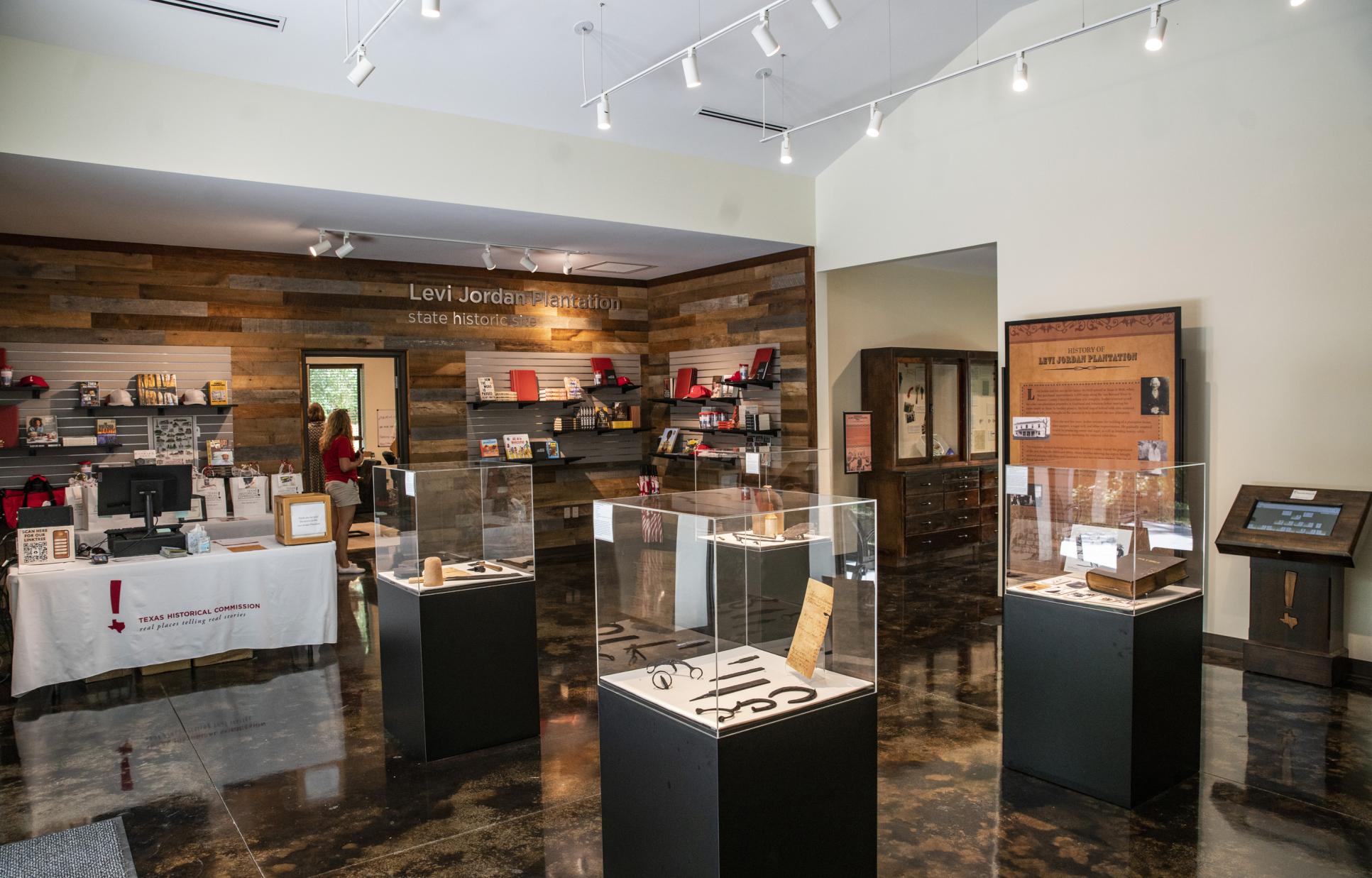
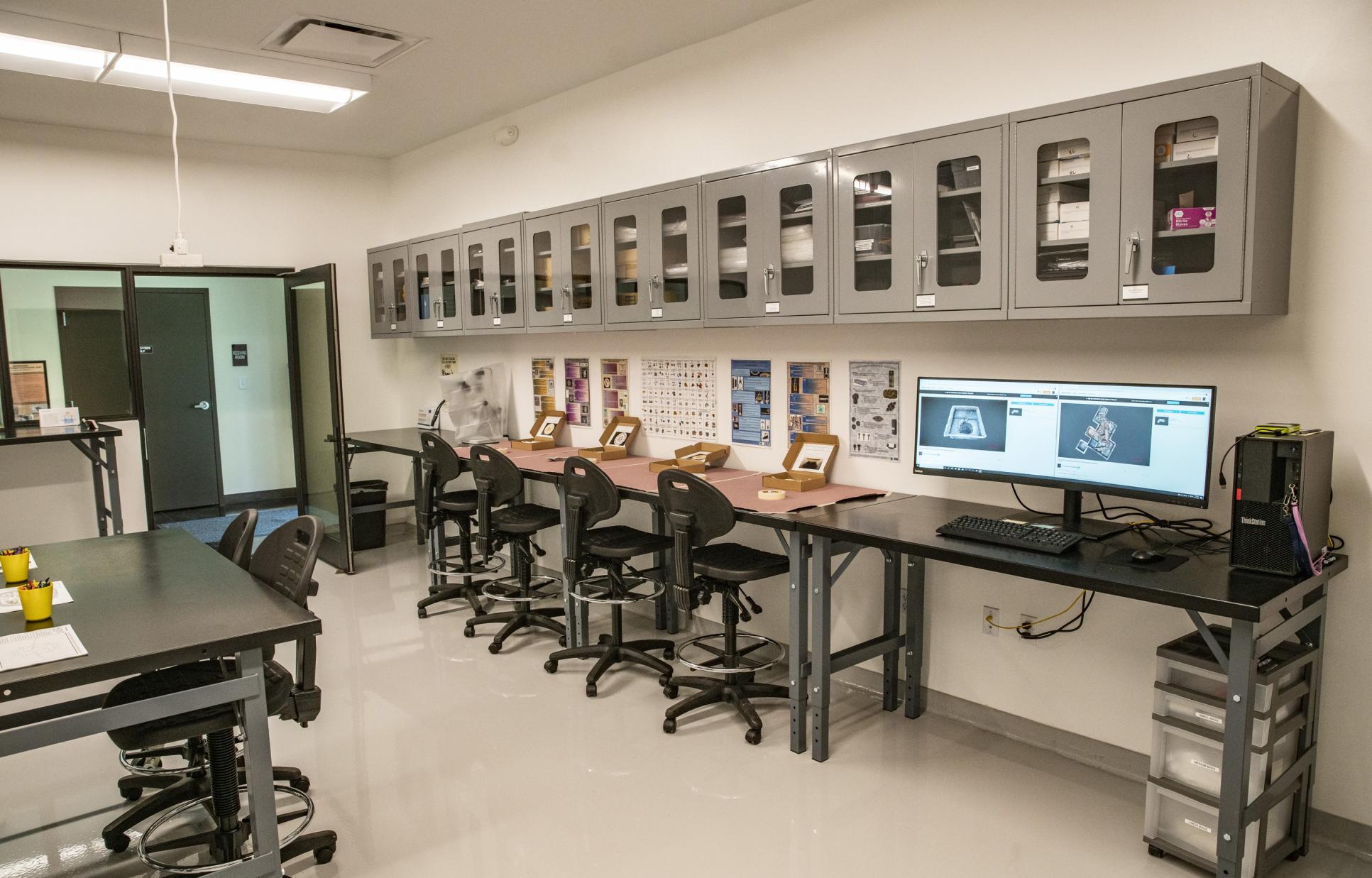
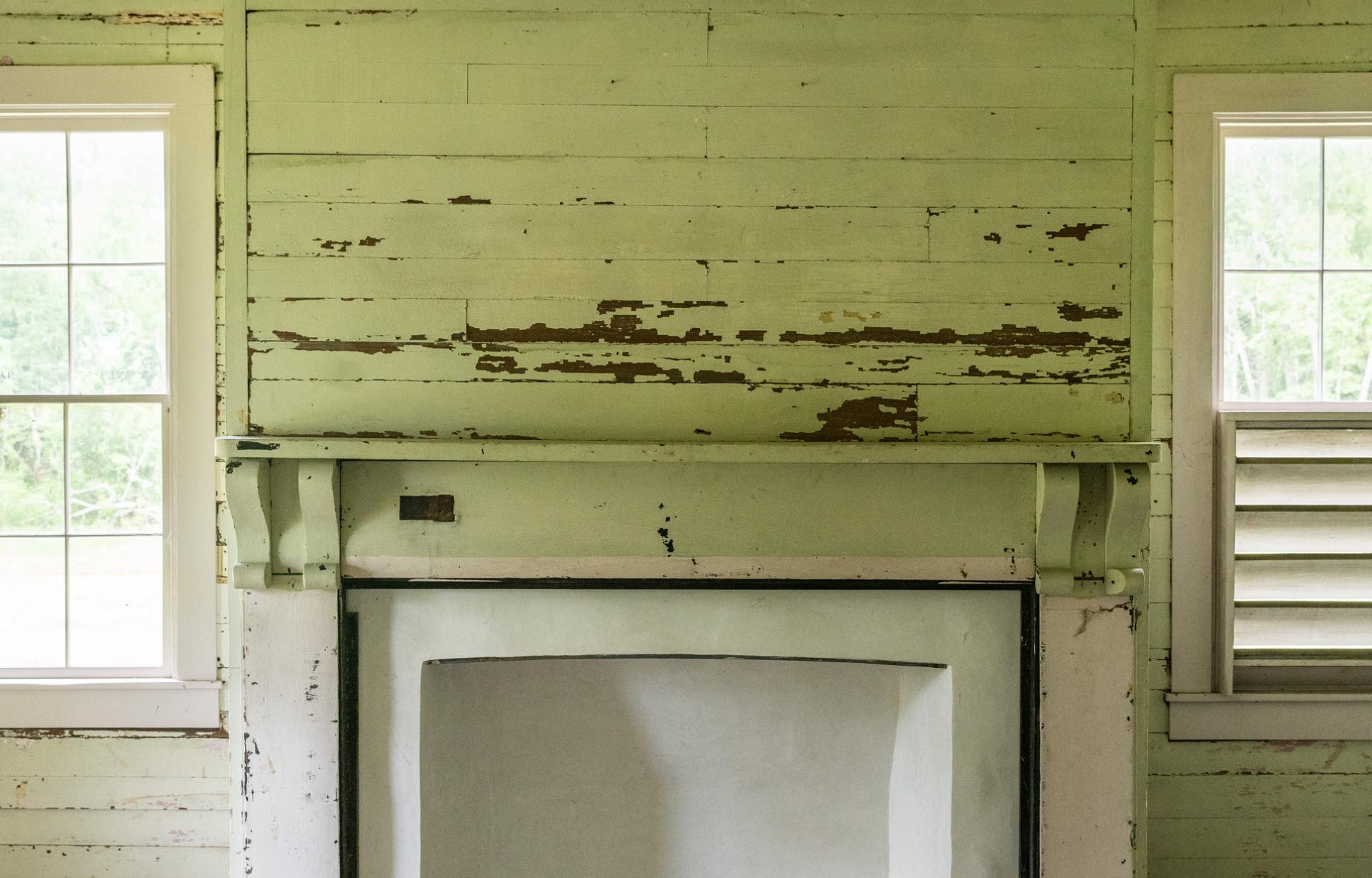
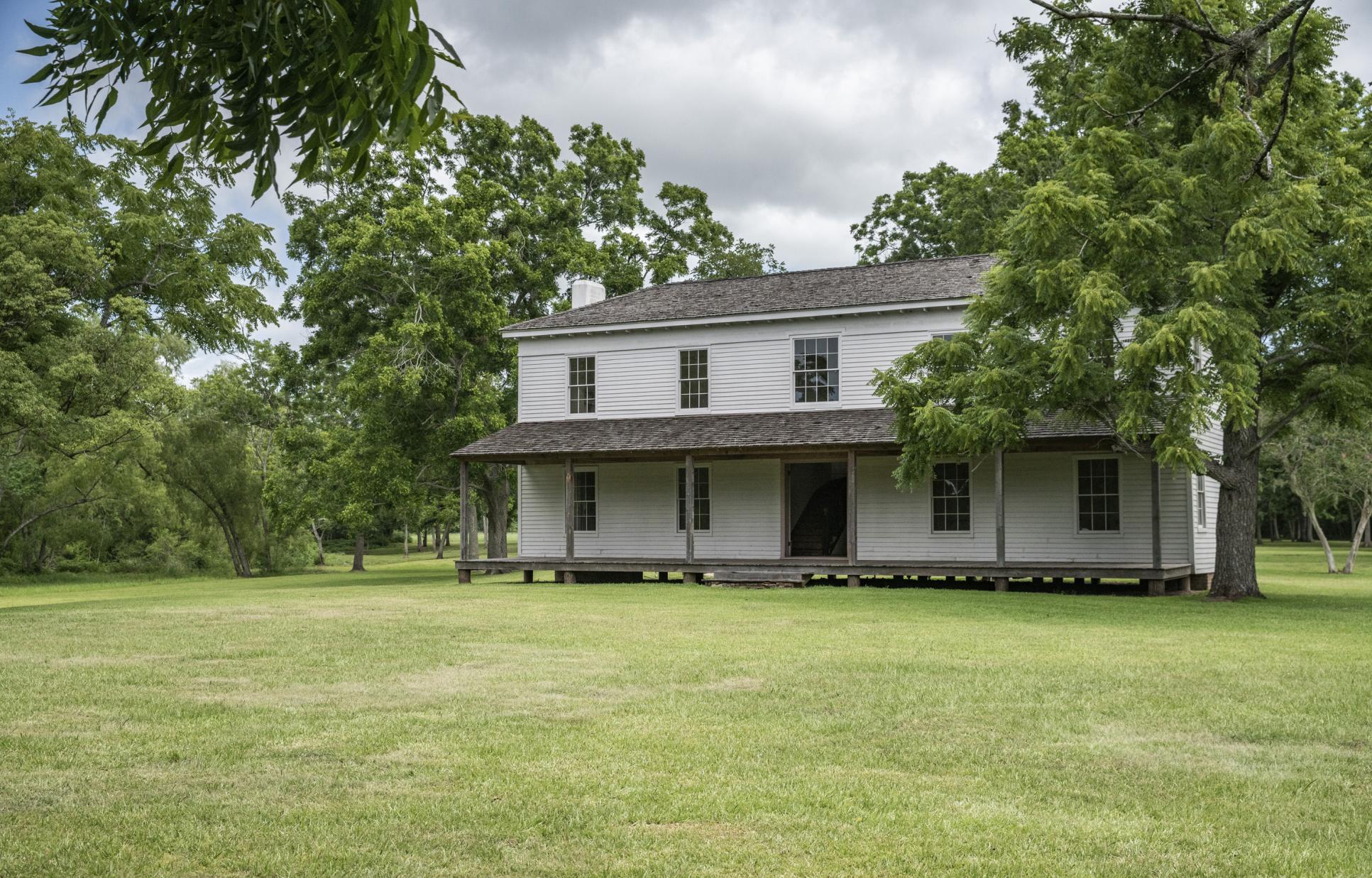
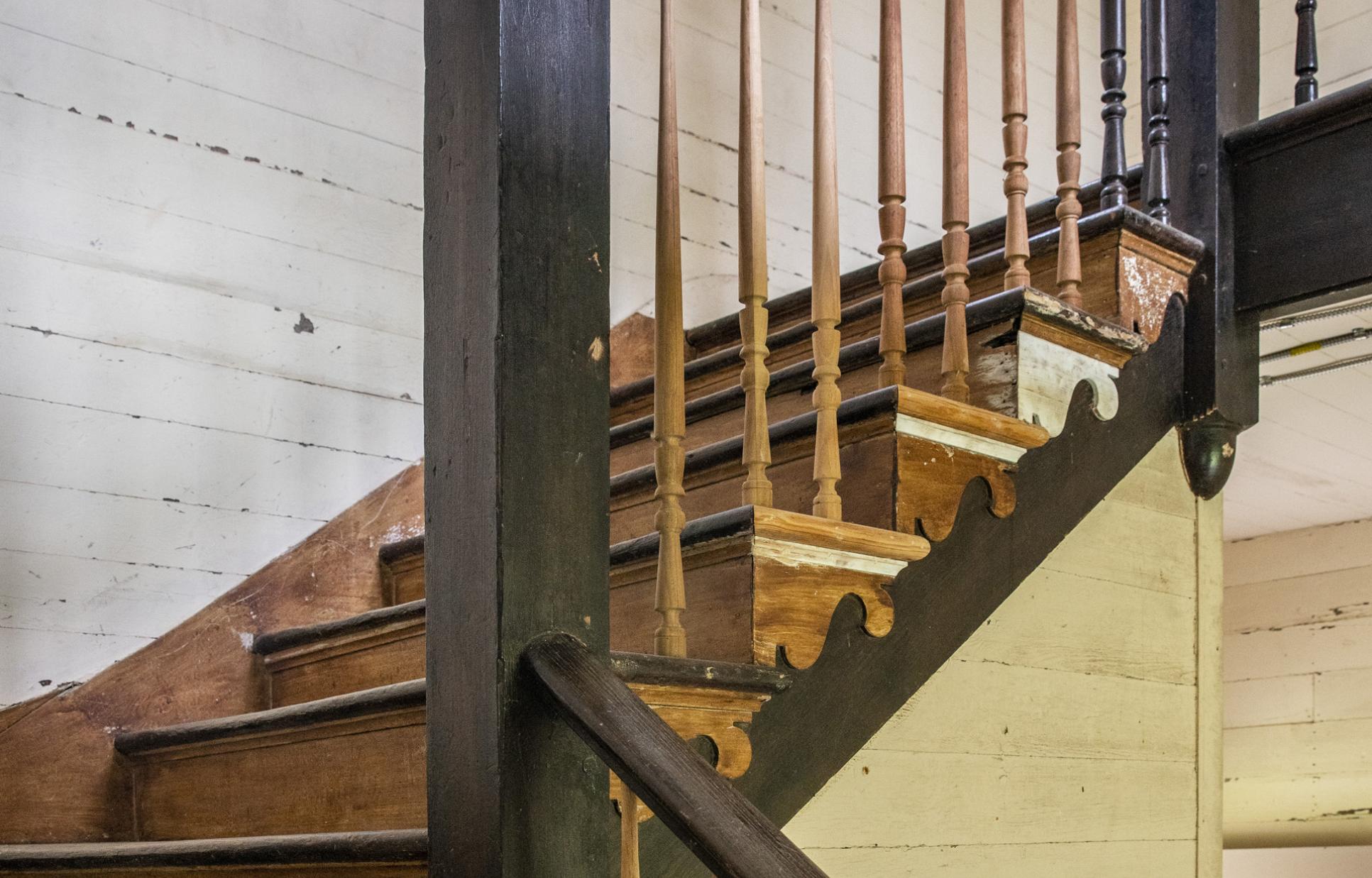
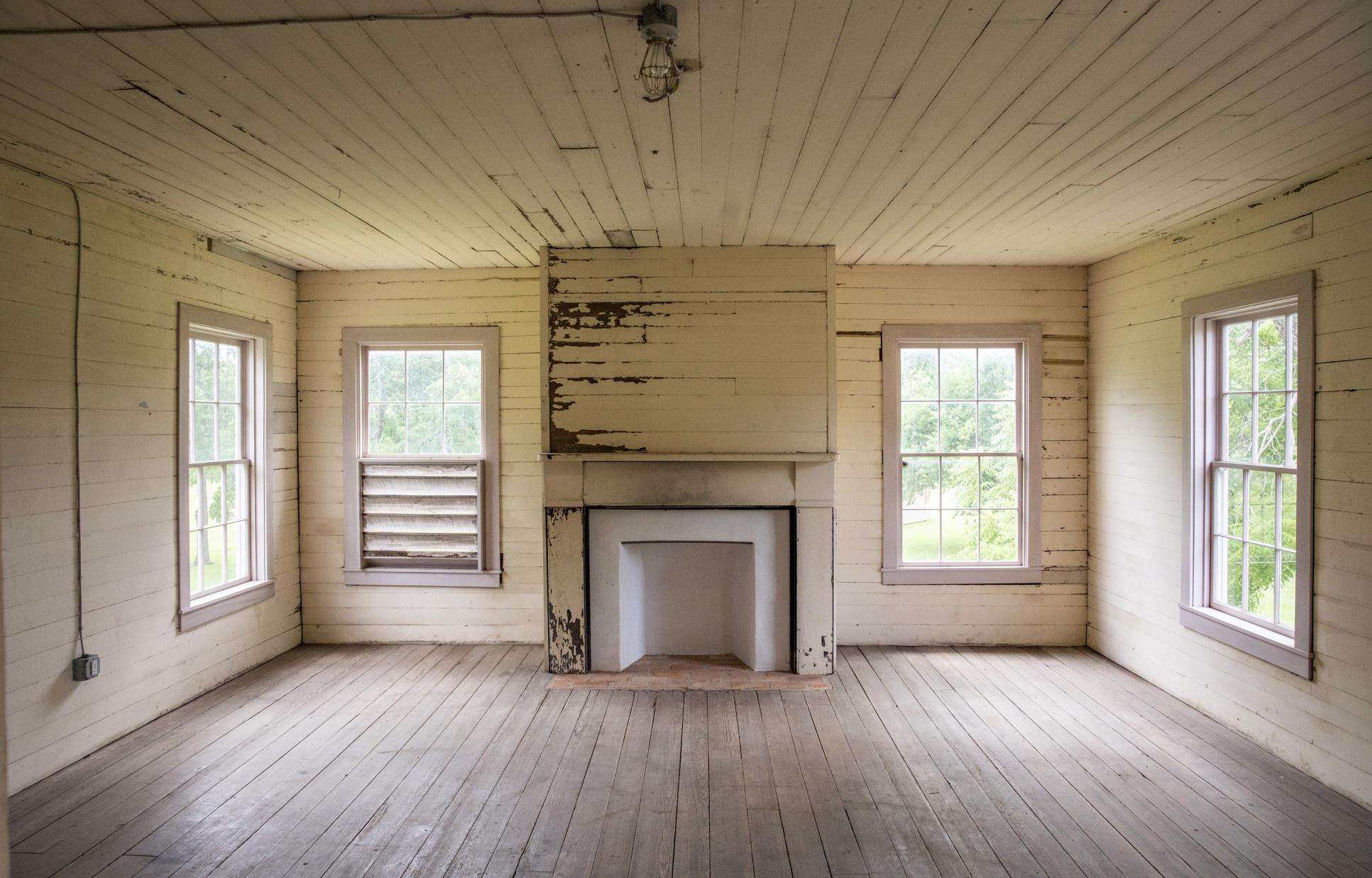
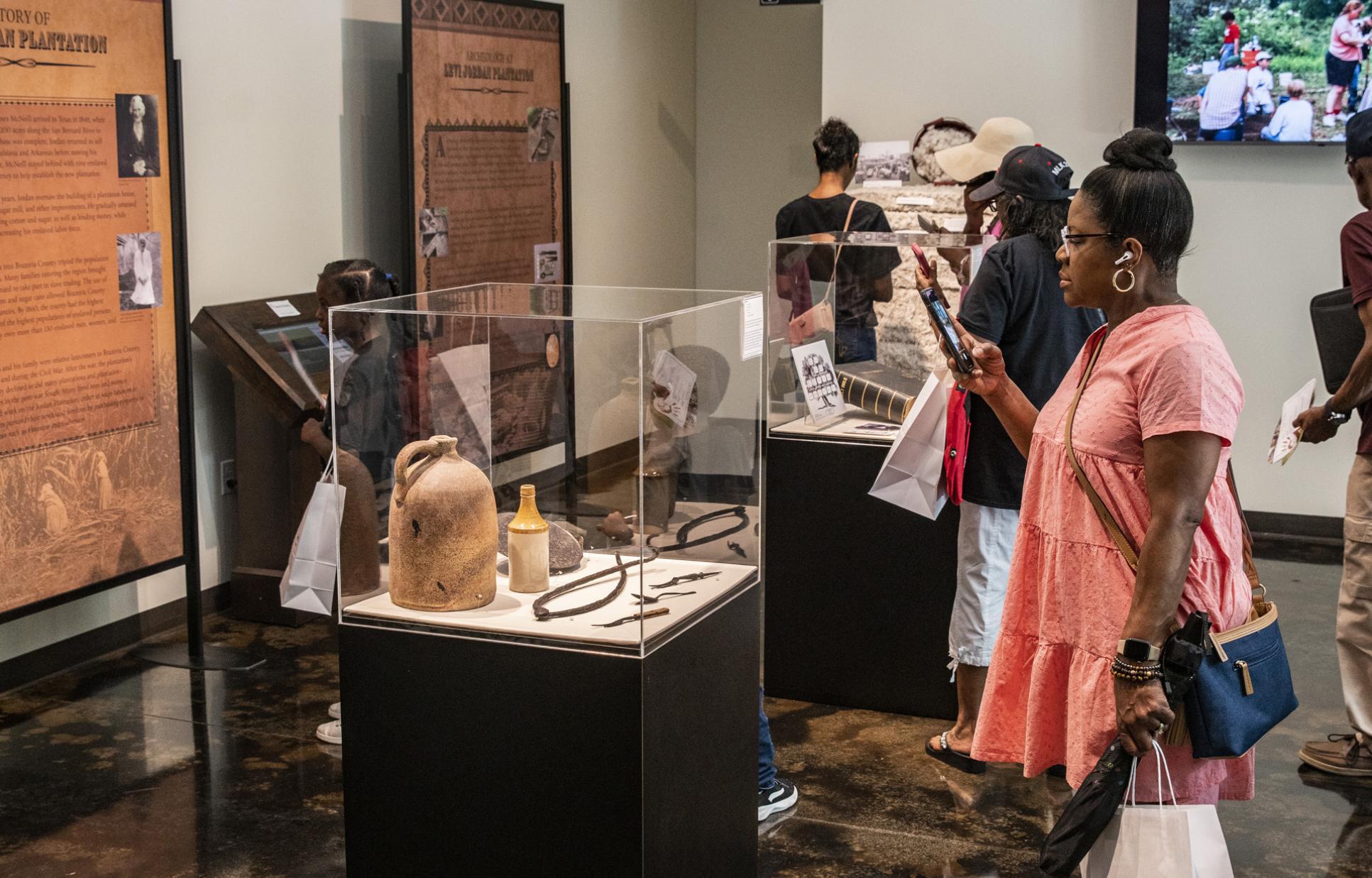
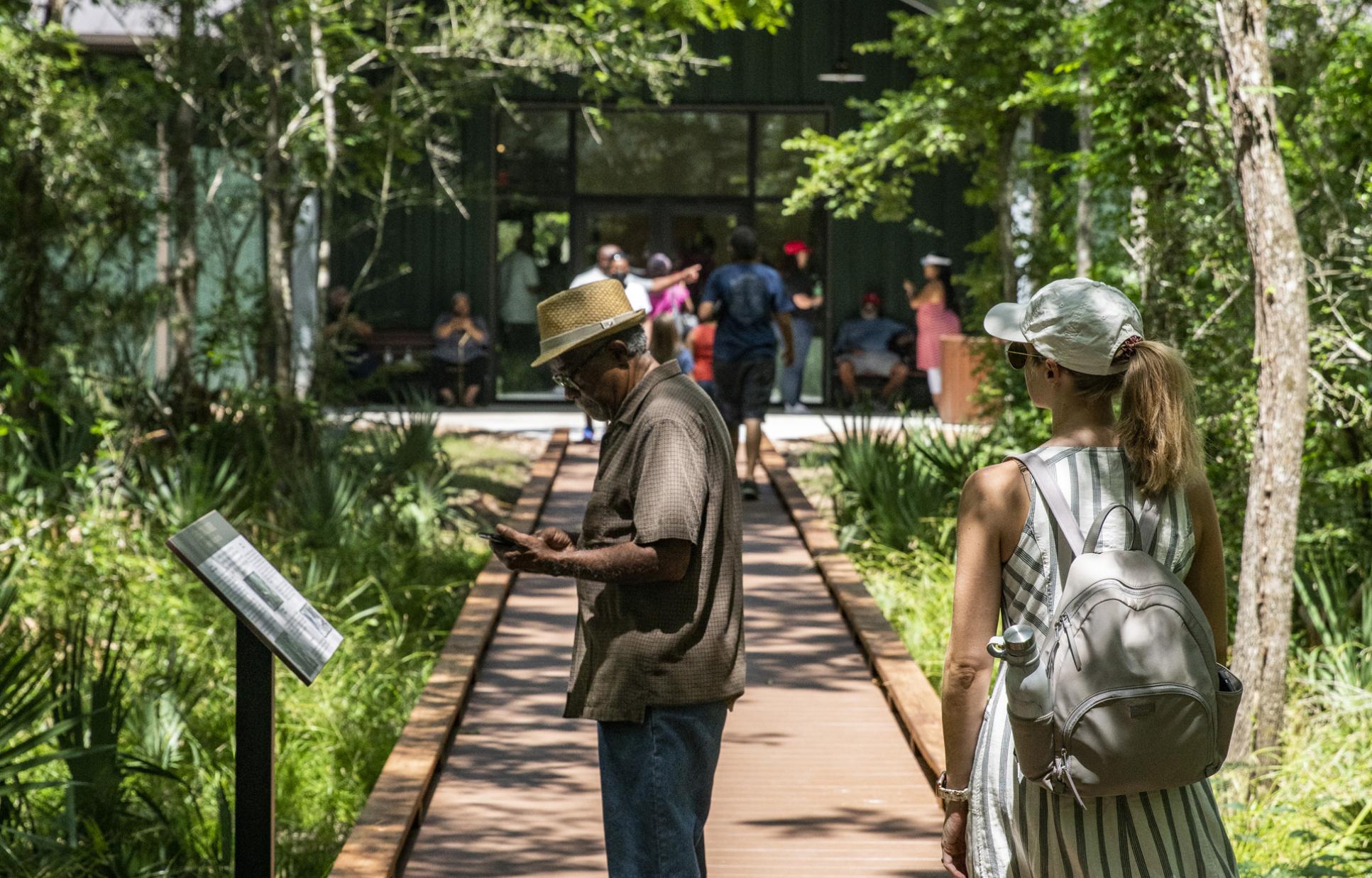
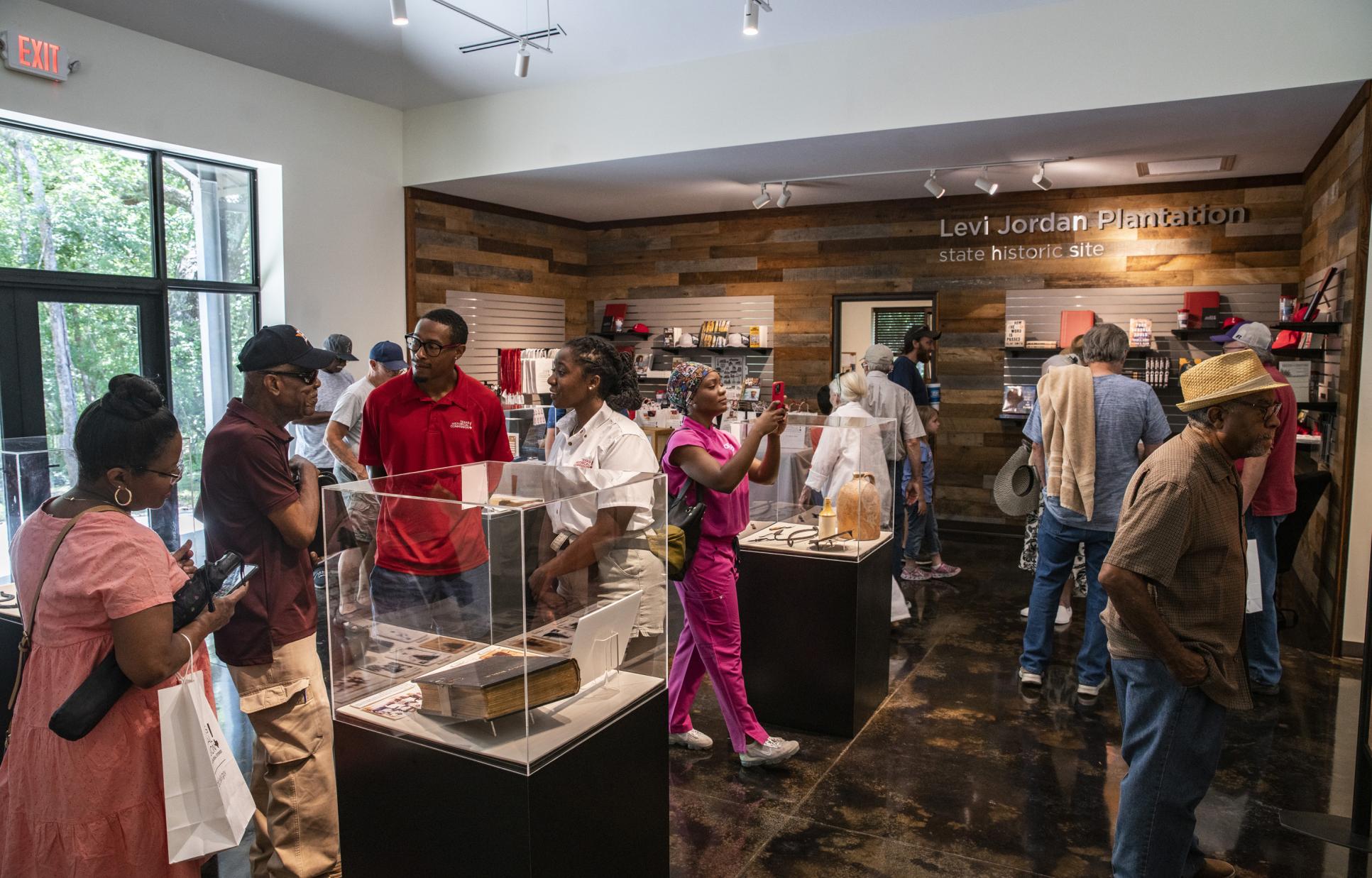
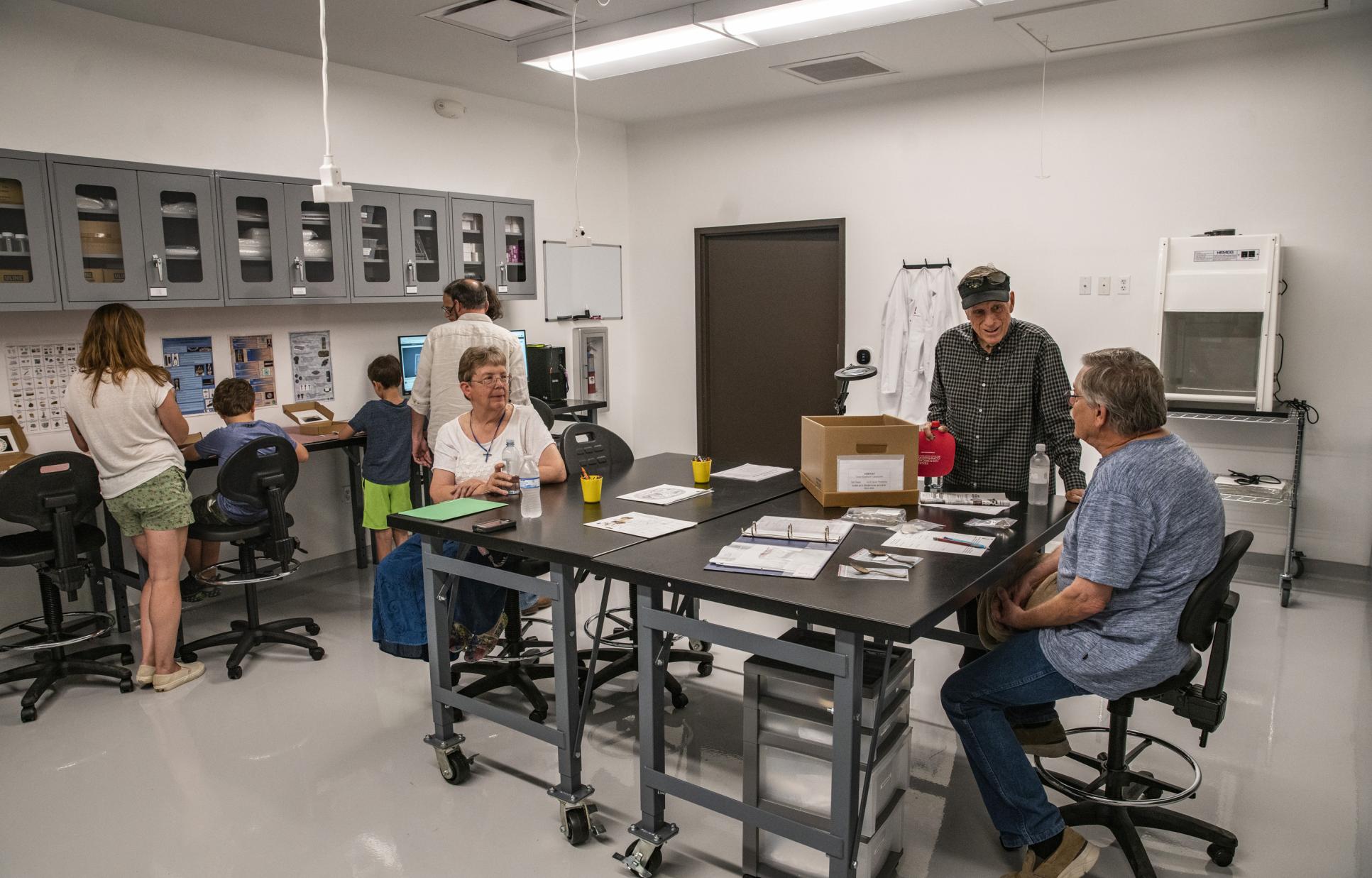
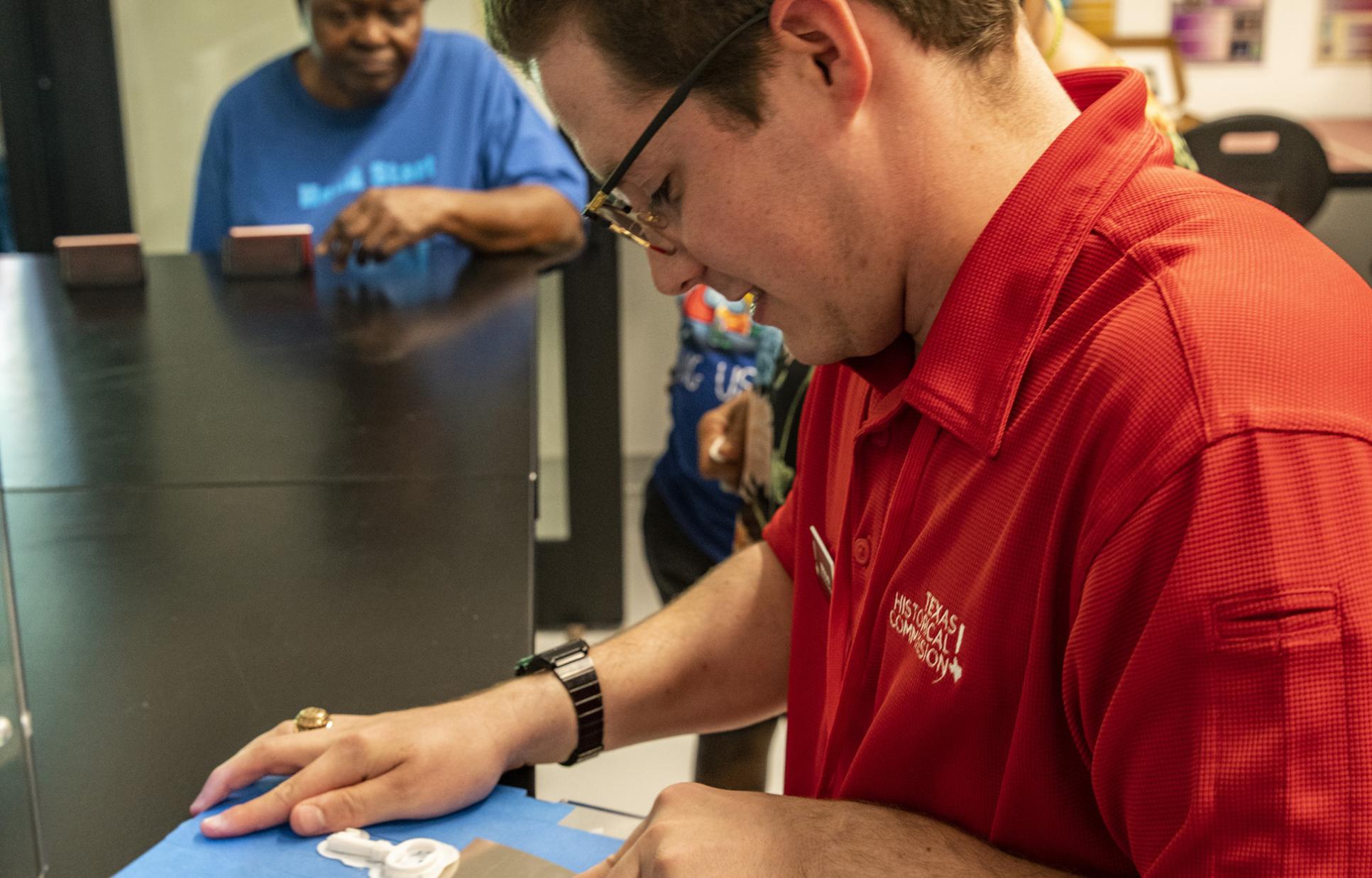
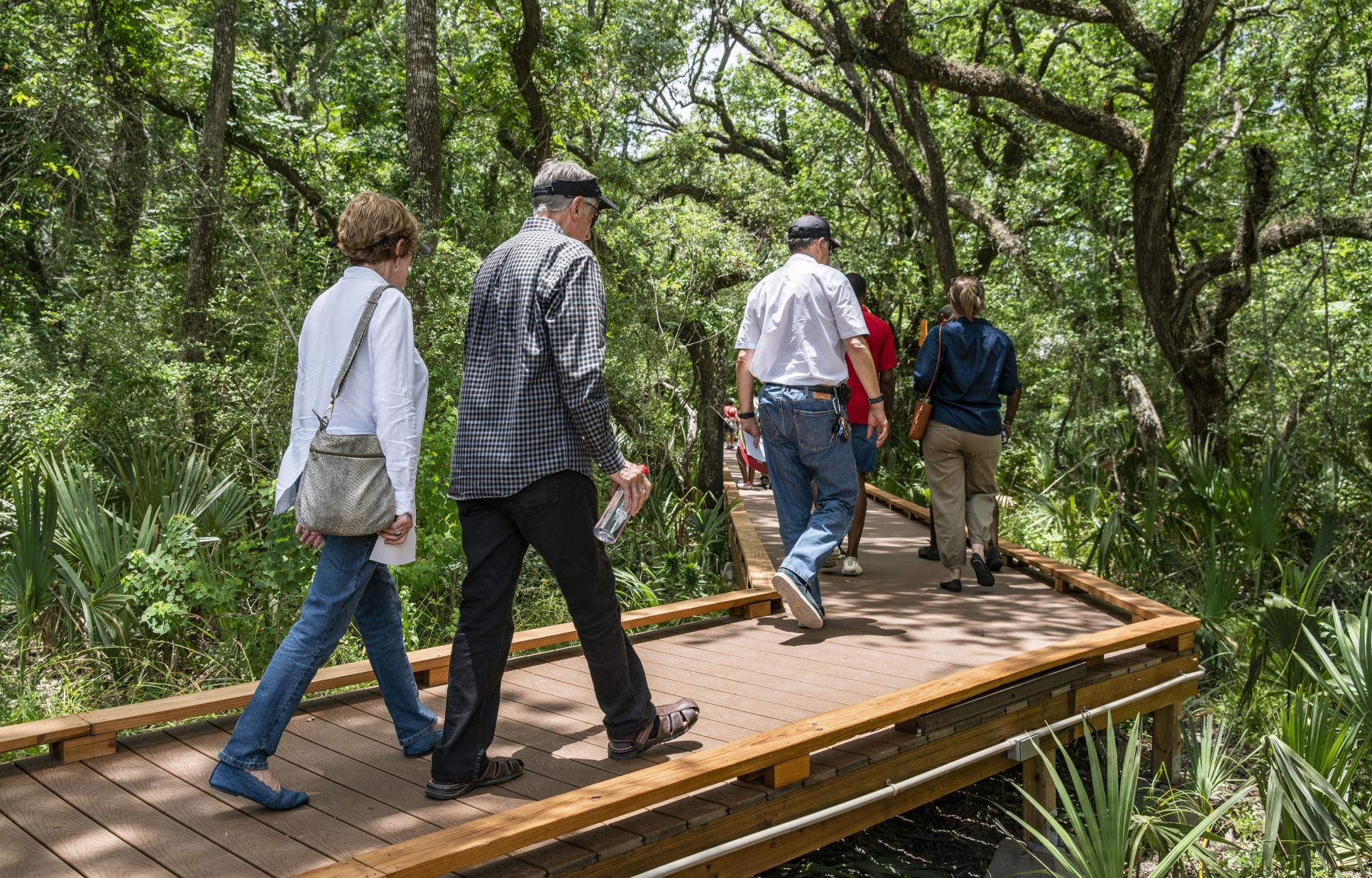













Plan Your Visit
Find out all there is to do at the site and surrounding area.

Levi Jordan History
In 1848, Jordan purchased a half-league (2,214 acres) of mostly uncleared woods and prairie in Brazoria County.
Events at Levi Jordan Plantation
Levi Jordan Plantation in the Blog
Support Our Historic Sites
Make a gift to the Friends of the Texas Historical Commission, a 501(c)(3) charitable organization dedicated to supporting the historic sites of the THC.
Donate